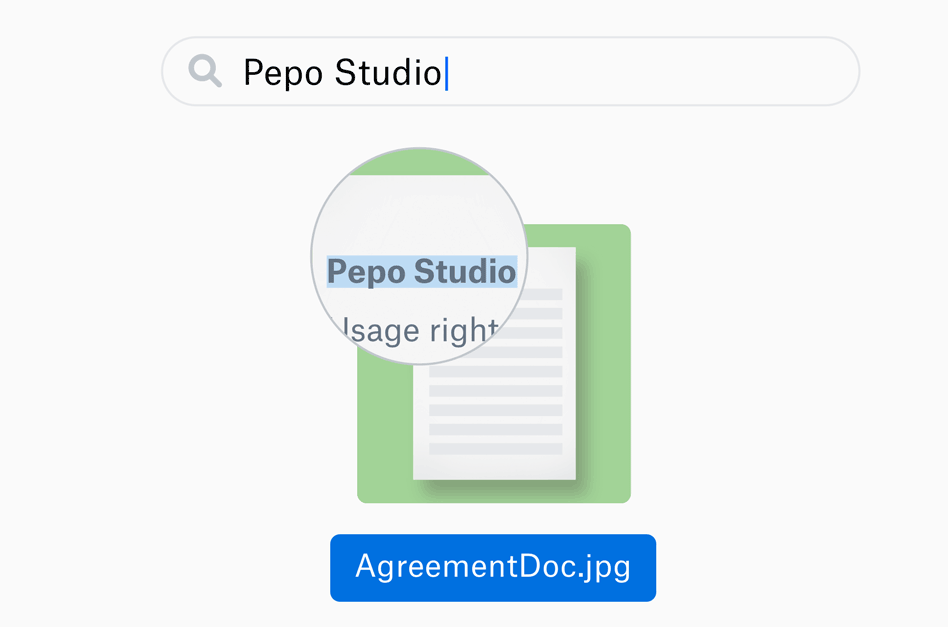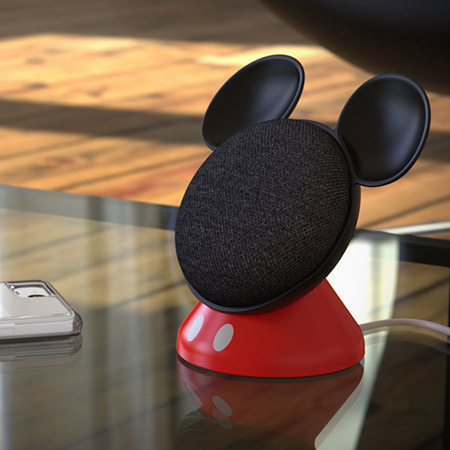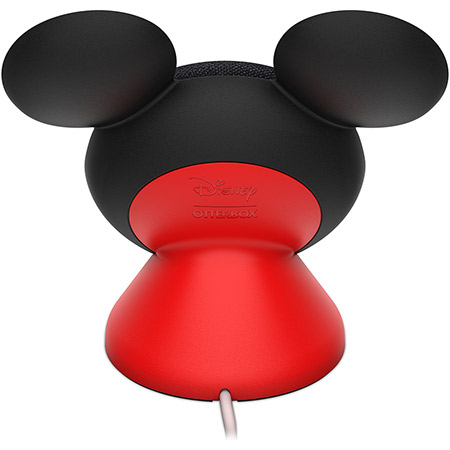Music
Trailers
DailyVideos
India
Pakistan
Afghanistan
Bangladesh
Srilanka
Nepal
Thailand
StockMarket
Business
Technology
Startup
Trending Videos
Coupons
Football
Search
Download App in Playstore
Download App
Best Collections
Technology
Google unveiled a new lineup of devices today, including the Pixel Slate, a tablet that the company described as the next evolution of Chrome OS — but could also be seen as the companyanswer to both AppleiPad and MicrosoftSurface.
After the presentation, I had a chance to try the Pixel Slate for myself. There wasn&t time to test out everything (a packed room full of journalists isn&t the best place to try out the speakers, and there didn&t seem to be much new with the accompanying Google Pen), but it was enough to get a taste of the main selling points.
The first thing I noticed was the screen. Google is pitching this as a device that can be used for both work and entertainment, with a particular emphasis on content creators. The display seems to be up to the task — it12.3 inches in size, with a resolution of 203ppi. The result is that everything from YouTube videos to email composition screens looked sharp and vivid.
Therealso an emphasis on thinness and lightness. The Pixel Slate has an official weight of 1.6 pounds, and it did feel easy to carry, and to adjust the angle to my liking using the case/stand. (The real test, of course, will be seeing how my arms and fingers felt after several hours of Netflix.)
Therealso an optional keyboard. It includes nice touches like rounded keys, but I was most intrigued by the quietness touted by Googlepresenters. Loyal TechCrunch readers will know that I&m a notoriously loud typer, so I couldn&t resist trying to bash away at it.
Turns out it was as quiet as promised. To be honest, I would&ve appreciated a little more noise, but I&m sure everyone in my immediate vicinity felt otherwise. And even with the relative absence of sound, the experience was still satisfyingly tactile — I didn&t hear the keys, but I felt them clacking under my fingers.
The Slate also appeared to move seamlessly back-and-forth between desktop and tablet modes. As the name suggests, desktop mode looks like a more mouse- and keyboard-oriented interface (with capabilities like snapping two applications side-by-side as a splitscreen), while tablet mode is a more standard, touch-friendly interface, along with an on-screen keyboard.
The Slate automatically snaps back-and-forth between the modes — in my demo, you just had to pull it away from the aforementioned keyboard to trigger the switch, though apparently itthe presence of a trackpad or mouse that really makes the difference.
Other features include front- and rear-facing cameras, Google Assistant and a fingerprint reader. Pricing starts at $599, with an additional $199 for the keyboard and $99 for the Pen.

- Details
- Category: Technology
Read more: Hands-on with Google’s Pixel Slate
Write comment (96 Comments)Enterprise Dropbox users have a useful new feature that some would say is long overdue for the cloud storage company: optical character recognition that automatically transcribes all their images and PDFs. No more rummaging around in your saved photos for a receipt or opening dozens of mysteriously named documents to find the right one. Just search and ye shall find.
Dropboxtext recognition engine is rolling out to Dropbox Pro, Business Advanced and Enterprise accounts over the next few months, but admins might want to check to see if they can get early access.

When it comes into effect, every image and PDF you have will be scanned for text, which will be added to metadata allowing you to search for it that way. Of course, all this data will be kept as secure as the document itself. Handy, though of course much depends on how accurate the transcription is. OCR can be fiddly.
Box, Dropboxperennial and more concisely named competitor, added comprehensive OCR last year, though with the added capability of recognizing objects. So although this doesn&t bring Dropbox quite up to the level of feature parity, it definitely narrows the gap and fits the most common use cases.
Previously you could specifically scan documents you wanted OCR&ed, but this is obviously more convenient. You can read a bit about how they built their own OCR system (Box leveraged Google&s, which accounts for its head start) at this rather interesting technical blog post.
If you&re part of a group that gets access to this useful new feature, it&ll come into play automatically and will back-process all your documents already in the system.
- Details
- Category: Technology
Read more: Dropbox finally adds automatic OCR for all your PDFs and photos
Write comment (92 Comments)Behold, the Google Home Mickey. Itan official collaboration with Google and Disney that OtterBox is selling for $20. The base props up Googlebest-selling smart speaker and gives it iconic mouse ears and red suspenders in the process. It also helps the Mini project by propping it up at an angle.
Oh, and the power cord happens to double as a tail.

The clunkily named Den Series for Google Home Mini featuring Disney Mickey Mouse will be available through the case makersite. No specific availability just yet, and yes, Home Mini is sold separately.

Apparently the product wasn&t able to sneak its way into todayoverly crowded Google hardware keynote. But then, the company didn&t spend much time on the Home line, outside of the new Hub.
No word yet on Donald, Goofy or, most appropriately of all, a Google Home Minnie.

- Details
- Category: Technology
Read more: Turn your Google Home Mini into Google Home Mickey
Write comment (99 Comments)When we last met with Salto the leaping robotic it was bopping around like a crazed insect. Now researchers have included targeting systems to the little animal, enabling it to preserve a consistent hop while managing exactly when and where Salto lands. Called & deadbeat foot positioning hopping control, & the Salto can now enjoy a surface area for a target and essentially fly over to where it needs to land utilizing built-in props. Scientist Duncan Haldane, Justin Yim and Ronald Fearing produced the Salto as part of the Army Research Office, and they will be displaying the little guy at the 2018 IEEE/RSJ International Conference on Intelligent Robots and Systems. The team updated Saltocontroller to make it much more exact on landing, a task that was almost difficult using the previous controller system, SLIP. & The robot acts basically like a spring-loaded inverted pendulum, a streamlined dynamic design that appears frequently enough in both biology and robotics that it has its own acronym: SLIP, & wrote Evan Ackerman at IEEE. & Way back in the 1980s, Marc Raibert developed a controller for SLIP-like robots, and people are still using it today, consisting of Salto-1P up till just recently. &.
- Details
- Category: Technology
Read more: The Salto-1P now does fantastic targeted dives
Write comment (92 Comments)With its latest consumer hardware products, Google prices are undercutting Apple, Samsung and Amazon. The search giant just unveiled its latest flagship smartphone, tablet and smart home device, all available at prices well below their direct competitors. Where Apple and Samsung are pushing prices of its latest products even higher, Google is seemingly happy to keep prices low, and this is creating a distinct advantage for the companyproducts.
Google, like Amazon and nearly Apple, is a services company that happens to sell hardware. It needs to acquire users through multiple verticals, including hardware. Somewhere, deep in the Googleplex, a team of number-crunchers decided it made more sense to make its hardware prices dramatically lower than competitors. If Google is taking a loss on the hardware, it is likely making it back through services.
Amazon does this with Kindle devices. Microsoft and Sony do it with game consoles. This is a proven strategy to increase market share where the revenue generated on the back end recovers the revenue lost on selling hardware with slim or negative margins.
Look at the Pixel 3. The base 64GB model is available for $799, while the base 64GB iPhone XS is $999. Want a bigger screen The 64GB Pixel 3 XL is $899, and the 64GB iPhone XS Max is $1,099. Regarding the specs, both phones offer OLED displays and amazing cameras. There are likely pros and cons regarding the speed of the SoC, amount of RAM and wireless capabilities. Will consumers care that the screen and camera are so similar Probably not.
Google also announced the Home Hub today. Like the Echo Show, itdesigned to be the central part of a smart home. It puts Google Assistant on a fixed screen where users can ask it questions and control a smart home. It$149. That$80 less than the Echo Show, though the Google version lacks video conferencing and a dedicated smart home hub — the Google Home Hub requires extra hardware for some smart home objects. Still, even with fewer features, the Home Hub is compelling because of its drastically lower price. For just a few dollars more than an Echo Show, a buyer could get a Home Hub and two Home Minis.
The Google Pixel Slate is Googleanswer to the iPad Pro. From everything we&ve seen, it appears to lack a lot of the processing power found in Appletop tablet. It doesn&t seem as refined or capable of specific tasks. But for view media, creating content and playing games, it feels just fine. It even has a Pixelbook Pen and a great keyboard that shows Google is positioning this against the iPad Pro. And the 12.3-inch Pixel Slate is available for $599, where the 12.9-inch iPad Pro is $799.
The upfront price is just part of the equation. When considering the resale value of these devices, a different conclusion can be reached. Apple products consistently resale for more money than Google products. On Gazelle.com, a company that buys used smartphones, a used iPhone X is worth $425, whereas a used Pixel 2 is $195. A used iPhone 8, a phone that sold for a price closer to the Pixel 2, is worth $240.
In the end, Google likely doesn&t expect to make money off the hardware it sells. It needs users to buy into its services. The best way to do that is to make the ecosystem competitive though perhaps not investing the capital to make it the best. It needs to be just good enough, and thathow I would describe these devices. Good enough to be competitive on a spec-to-spec basis while available for much less.

- Details
- Category: Technology
Read more: Google’s latest hardware innovation: Price
Write comment (95 Comments)So you need a new phone do ya Well, as is the case each year, there are some hot new pieces of metal and glass out there from Apple and Google, and to make sense of how they stack up against each other we&ve got some fine comparison details here for you.
This was an iterative year for both the iPhone and Pixel lines. The most notable upgrade for the iPhone XS was the introduction of the iPhone XS Max, which balloons the screen size, but otherwise the main differences come in the computational photography tweaks to the camera, in which Apple has lagged behind Google. Googlenew phone had a rather leaky introduction, but pulled off an interesting release with some camera features we&ll be tempted to check out more in-depth once review units come in.
This isn&t the fairest of fights, as we&ve had some flesh and blood time to examine the iPhone XS warts and all while the Pixel 3 is a shiny new enigma that we&re kind of taking Google at their word for until we can stress test the little bugger.
Herea bare-bones view of the specs you really should be caring about: display, rear camera and price.
Pixel 3
- Starts at $799 (64 GB)
- 5.5 inch 443 ppi OLED screen
- 12.2MP &dual-pixel& rear camera
Pixel 3 XL
- Starts at $899 (64 GB)
- 6.3 inch 523 ppi OLED screen
- 12.2MP &dual-pixel& rear camera
iPhone XS
- Starts at $999 (64 GB)
- 5.8 inch 458 ppiOLED screen
- Dual 12MP wide-angle and telephoto cameras
iPhone XS Max
- Starts at $1,099 (64 GB)
- 6.5 inch 458 ppi OLED screen
- Dual 12MP wide-angle and telephoto cameras
First off, if you&re strapped for cash, or more accurately just want to be more responsible with the cash you do have, the price tags of these devices communicate some loud differences. The Pixel 3 and Pixel 3 XL go for $200 less than the iPhone XS and iPhone XS Max, respectively. Paying $1,000 for a phone is wild, but itthe world we live in and, honestly, given the amount of quality time we spend with our phones, itsome of the more functional coinage you&ll be spending.
In terms of displays, the Pixel 3 is un-notched, while the Pixel 3 XL, iPhone XS and iPhone XS Max all have the little bulbous feature. If you hate the notch, you&re probably going to have to adapt and embrace it for at least a generation or two, but the Pixel 3 gives you a chance to kick that can down the road. These are big devices with big displays, though in terms of sheer size, the iPhone still holds a much more substantial screen-to-body ratio. While the smaller and larger phones are very comparable in sheer size, the OLED on the iPhone squeezes out the extra fractions of an inch that brings the display right up to the edge.
Based on design, it depends on your preference or whatever, but I definitely think the iPhone XS has the upper hand here. Ita premium phone with premium heft because of its more premium price.
Itagain worth reiterating that the Pixel 3 XL and iPhone XS Max are both giant phones, but the Pixel 3 XL is a hair smaller by manner of width and nearly an ounce lighter. Herea dimensions breakdown of the different devices.
- Pixel 3 5.7″ height x 2.7″ width x 0.3″ depth (148 grams)
- Pixel 3 XL 6.2″ height x 3.0″ width x 0.3″ depth (184 grams)
- iPhone XS 5.65″ height x 2.79″ width x 0.3″ depth (177 grams)
- iPhone XS Max 6.2″ height x 3.05″ width x 0.3″ depth (208 grams)
The spec thatleast helpful up above is the camera hardware because Apple and Google are increasingly shifting focus to camera software tweaks as their distinguishing marks. It is fascinating that Google is maintaining the single rear camera solution given the real potential dual lenses open up, including wild features like the iPhone XS depth-of-field adjustments. But the lack of dual lenses on the back of the phone didn&t stop Google from highlighting some of the new camera features they&re opening up, including what they&re calling Night Sight, which promises extremely good low-light performance strengthened by machine learning. I&m skeptical, but given how stellar the Pixel 2camera has proven, I&m sure they have something unique there.
More here on the Pixel 3 camera announcements:
And hereour iPhone XS review for some camera details there:
There are a bunch of other specs that you can find on the Pixel 3 and iPhone XS product pages, but when shopping for a phone in 2018, tech specs of flagship phones are telling you less and less about where the major differences actually lie. We&ll have more thoughts on the Pixel 3 and Googleperformance claims when it comes out later next week, but if you&re hankering to smash that pre-order button, ponder your options and check that bank account.

- Details
- Category: Technology
Read more: Google’s Pixel 3 vs Apple’s iPhone XS: How do they stack up
Write comment (100 Comments)Page 3968 of 5614

 8
8





